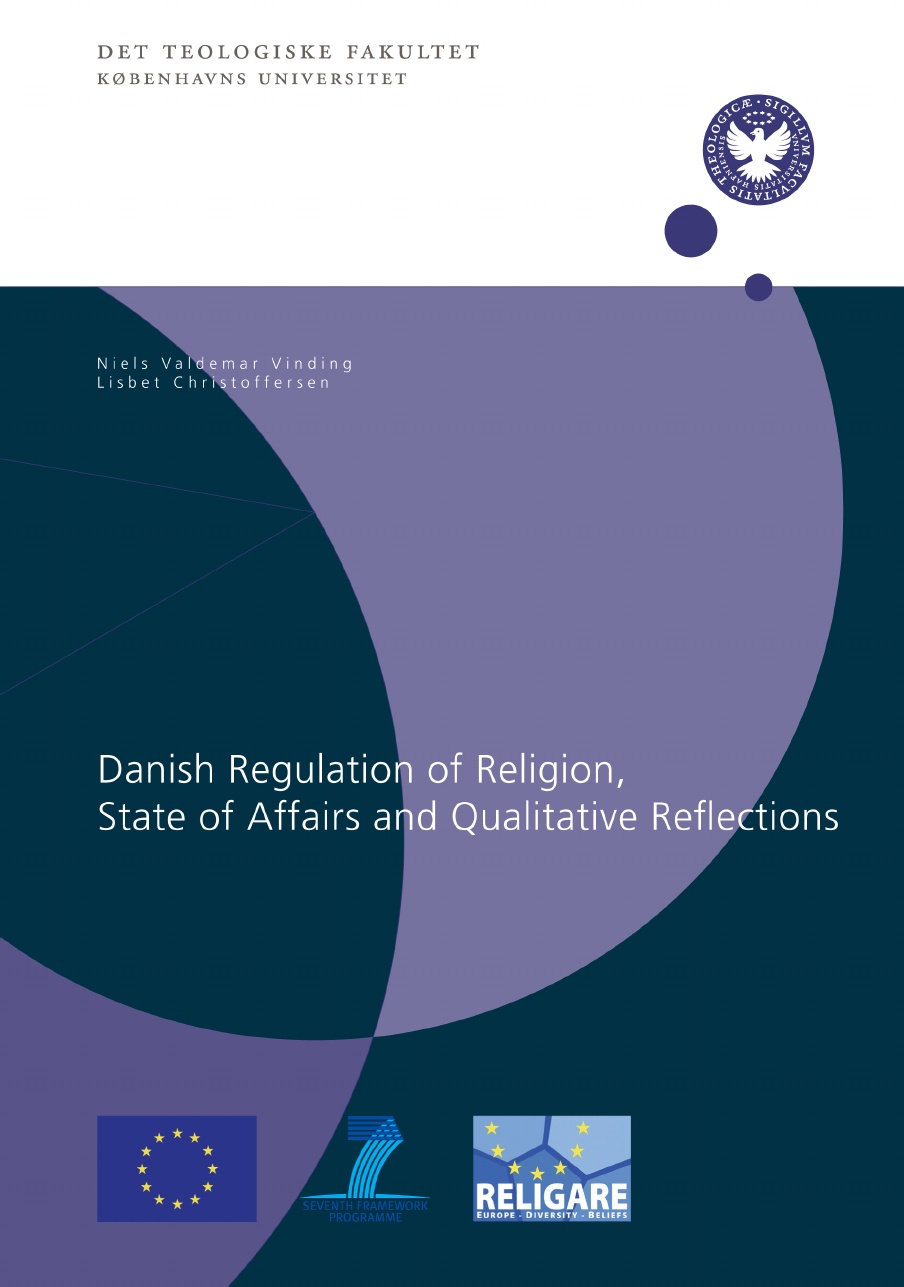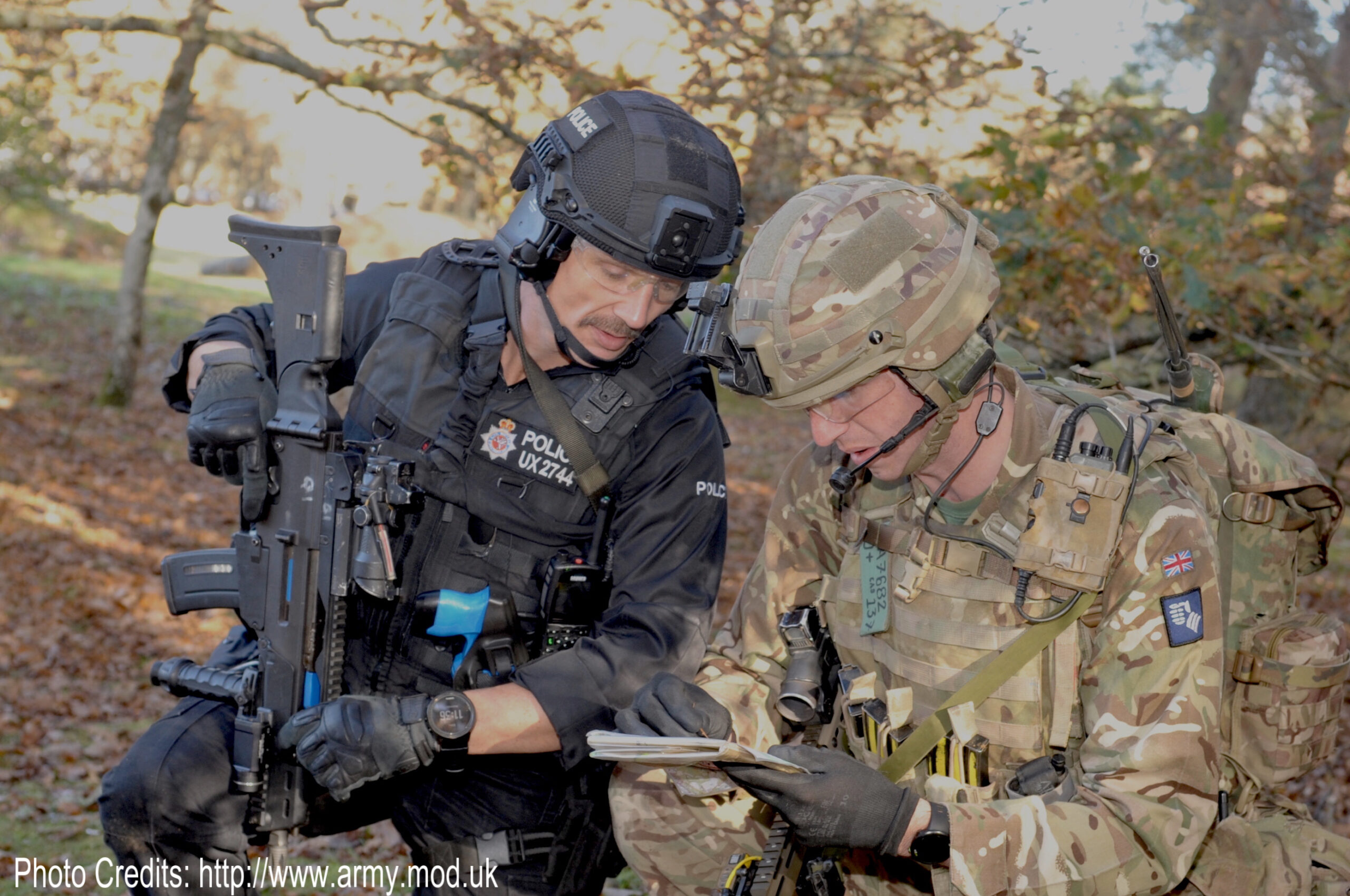 From the Centre for European Islamic Thought, this report is part of the socio-legal research done in the European research project, RELIGARE. The report is based on qualitative interviews among Danish key profiles, religious and secular, and will feed into both Danish debate and into the ongoing work in RELIGARE.
From the Centre for European Islamic Thought, this report is part of the socio-legal research done in the European research project, RELIGARE. The report is based on qualitative interviews among Danish key profiles, religious and secular, and will feed into both Danish debate and into the ongoing work in RELIGARE.
In addition to supplying data from the interviews, the report works well as an introduction to Danish regulation of religion and as a discussion of current affairs.
———————-
1. State, Church and Religion in Denmark
1.1 Introduction to the socio-legal frame
Presenting a status of Danish legislation and the regulation of religion is by
nature a complex task that includes capturing political discourse, reflecting
theological discussions on especially the Folkekirke,1 and formulating a
careful analysis of administrative and legal practice. It would have been a
straightforward task if relations between the Danish State, the Church and
Religion had conformed to the rudimentary models suggested by Silvio
Ferrari (Ferrari & Bradney 2000) or by Roland Minnerath (2001).
However, the Danish regulative model of these matters differs in several
specific ways. Regarding its history and its legal state of affairs, Danish
regulation of religion cannot be said to conform to a single model based on
a civil judicial structure that would allow the churches to act independently,
as is the case in Germany, nor can it be claimed that Denmark has a
concordat or bilateral agreement between state, church and religion as in
the case of many countries with majority Catholic churches. Nor is
Denmark a secular country with a clear separation of religious communities
from the state, as is to some extent the case in France and even more so in
the United States (Christoffersen 2010B).
Rather, Denmark has a history of regulating religion that on the one hand
represents a particular understanding of Lutheranism in a majority context
after the European wars of religion (1524-1648, cujus regio, ejus religio),
and on the other hand presents some tense and difficult compromises in
Danish realpolitik. Since the introduction of the democratic constitution of
1849, Danish regulation of religion has firmly established the Evangelical
Lutheran Church as one of the four pillars of Danish society (§4 of the
constitution, Christoffersen 2010A) coupled with a dual constitutional
promise of autonomy and establishment. On the one hand, a law was
envisaged that would establish the Folkekirke as a self-determining and
autonomous institution independent of, but supported by, the state (§66 and
§4), and on the other hand, a law was to be framed to regulate on equal
terms the status of other religious communities with an expectation of
similar freedoms and responsibilities granted to the Folkekirke (§69).
However, no such laws were ever passed and instead of becoming a
societal institution supported by the state, the Folkekirke still resembles
more a state church than anything imagined by Martin Luther (Andersen
2010, 393). Furthermore, the constitution applied a legal framework for
1 It is common at this stage of a study to discuss how to translate the name of the
majority Evangelical Lutheran church in Denmark, which literally means the national
church or the people’s church (see Christoffersen 2010A). We have chosen to use the
Danish name Folkekirke.
10 Structural and Methodological Reflections
explicit recognition by royal decree of the few religious communities that
were already a reality in 1849. Among these is the Jewish community
(Danish: Mosaisk Trossamfund), which was recognised already in 1685.
This system of administrative recognition was extended after the
introduction of the constitution to include a list of Christian churches, such
as the Roman Catholic Church, the Orthodox Russian church in
Copenhagen, the Norwegian, the Swedish and the English (Anglican)
Churches, the reformed churches, the Baptists, and the Methodists. The
system of recognition was changed just after the Second World War so that
religious communities such as Muslims and Buddhists who arrived after
1960 have only been ‘approved’ by the Minister of Church Affairs. They
are thus relegated to the administrative competences of the ministers and
permanent secretaries of changing ministerial departments and offices
(Christoffersen 2012).
During the 19th and 20th century several attempts were made to re-ignite
both the political and public debates and to re-open the legislative agendas
promised in the 1849 constitution. Three short-lived crises and subsequent
changes managed to put religion on the political agenda, only for it to be
neglected in the dawning reality of the succeeding governments. The first
change came in 1849, when three commissions were set up to clarify and
begin the promised legislative processes. The first two commissions of
1853 and 1868 were marooned in internal disagreement amongst the
different wings of the Folkekirke, while the Church Council of 1883 that
was set up to finally produce a workable political, ecclesiastical, and legal
compromise was disbanded in 1901. By this time the entire political
structure had been reformed with the introduction of the parliamentary
system, the end of any effective political power of the king, and the
formation of governments based on the mandate of the popular vote.
The second change came with the politico-economic arrangement of
1933 that aimed, firstly, to end a general conflict on the reduction of wages
between unions and employers; secondly, to avoid a threatening crisis for
Danish agricultural exports; and thirdly to open up for social reforms that
would build the foundation of the modern welfare state. Although religion
and church affairs had resurfaced in the Church Council that was active
from 1928 to 1939, the religio-political agenda gave way to the social
reformist agenda of the Social Democrat party, which in turn backed away
from a traditional leftist opposition to established religion. This reframed
and re-systematised the entire social welfare system and made it primarily
an issue of state rather than of other actors, including the churches. In
research on the subject (Østergaard 2005, Hansen, Petersen & Petersen
2010 and others) there is widespread disagreement as to whether the
Danish welfare state is built on Lutheran ethics – in their adaptation
following N.F.S. Grundtvig (1783–1872), who stressed individual
Structural and Methodological Reflections 11
engagement and voluntarism – or it is the product of a social democratic
agenda that succeeded to the extent of its own obsoleteness – or it is a
combination of both normative and ideological sources. Whatever the case,
the very nature of the crisis of the 1920s and 1930s paved the way for the
social and economic empowerment instituted in the settlement of 1933.
Danish welfare became a matter for the state, and religious issues
disappeared once again from the political agenda.
A third attempt was made by a commission (strukturkommissionen) set
up in 1964 to establish the nature of the relationship between the state, the
people, and the Folkekirke. The Social Democrat Minister of Church
Affairs, Bodil Koch (1903-72), wanted to know how best to establish
church and religion as the ‘marrow and muscle of the people’.
Unfortunately, the work of the commission ceased with a change of
government and the death of the minister. The result was the reaffirmation
of Danish church law by permanent secretary August Roesen (1909-87) on
the argument that the Folkekirke had become a part of public
administration and in effect had no independent governance. All matters
pertaining to the Folkekirke would be regulated by Parliament and the
Minister of Church Affairs, while the 10 bishops would remain ‘inspectors’
of the Folkekirke and consultants to the Ministry (Roesen 1976; Huulgaard
2004, 29).
The two promised sets of legal norms that would ideally give autonomy
to the Folkekirke and equality of religion at least among other religious
communities (ideally speaking also in relation to the Folkekirke) never
came into being. The political and public debates always ended without
substantial change, the legislative agenda was never revived, and the
administrative handling of religious issues remained the law of the land.
Over time, the best of worlds envisioned by the constitution made way for
the dual reality of regulating religion in Denmark. Firstly, the sociological
reality that the actual number of “other religions” was insignificant, and
secondly, the closely related political reality that there were no problems to
mention, no dissidents, no media attention, and most importantly, no votes
to be gathered in a political engagement with religion, on the contrary.
From the time of the 1849 constitution until very recently, religion
functioned as a modus vivendi that declared Denmark to be Christian by
history and culture on the one hand, and secular in all legal, public, and
administrative matters on the other. This has now been not only challenged,
but is perhaps also being found to be a myth.
This presentation of the state of affairs of Danish regulation of religion
proposes in the following (1.2) a short introduction to the legal and
normative realities of contemporary Denmark, and continues with (1.3) a
brief description of the basic sociological realities. Under (1.4) the more
recent frame from 2001 to 2011 – from 11 September 2001 to the Arab
12 Structural and Methodological Reflections
spring – is presented as the actual frame of the RELIGARE survey. Lastly,
(1.5) there are a few comments on the change of government of October
2011 and how this seems to open up for new waves of discussion on the
roles of religion and secularity in Danish society and also more concretely
on the promises from the constitution.





